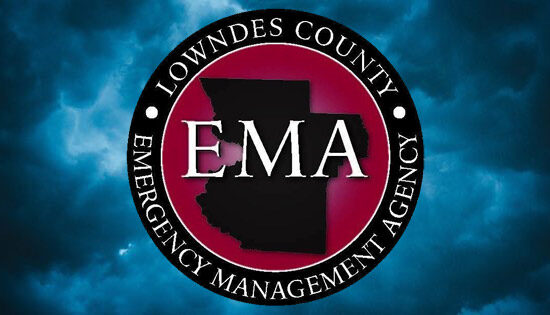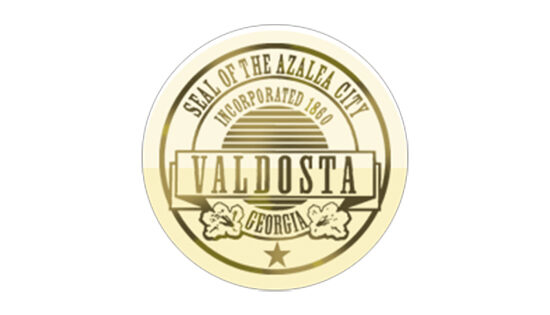By Lauren Burgess
As families across the nation gather today to celebrate Father’s Day, not many know the history behind the holiday. The story of its creation is rather dark.
On December 6, 1907, in the small town of Monogah, West Virginia, 362 men of the Fairmont Coal Company were killed in the worst mining explosion of U.S. history. Of the four men who managed to escape, all of them died due to their injuries. Within a single day, over 1,000 children lost their fathers.
While Grace Golden Clayton did not lose her father in the explosion, as he died several years earlier, she was deeply affected by the tragedy, feeling sympathy for the family members of the deceased. She decided she wanted to honor those men.
She approached the minister at William’s Memorial Methodist Episcopal Church South with the idea of dedicating a day to honor fathers.
After much persuasion, the first-ever Father’s Day was held on July 5, 1908, at the Williams Memorial. However, the idea of Father’s Day did not gain much support, due to its somber atmosphere and the proximity to the Fourth of July festivities.
It wasn’t until Sonora Dodd of Spokane, Washington organized a day to celebrate and honor fathers in 1910 that the idea of Father’s Day started to gain traction. However, unlike Mother’s Day which was already a nationally accepted holiday, many chose not to recognize Father’s Day during its first few years of inception. But that wouldn’t stop Sonora Dodd.
She continued to advocate for recognition of Father’s Day as a national holiday, gaining the support of presidents such as Woodrow Wilson and Calvin Coolidge along the way. But even with such support, official recognition of Father’s Day would not come until 62 years later, when President Nixon established Father’s Day as a national holiday in 1972.











